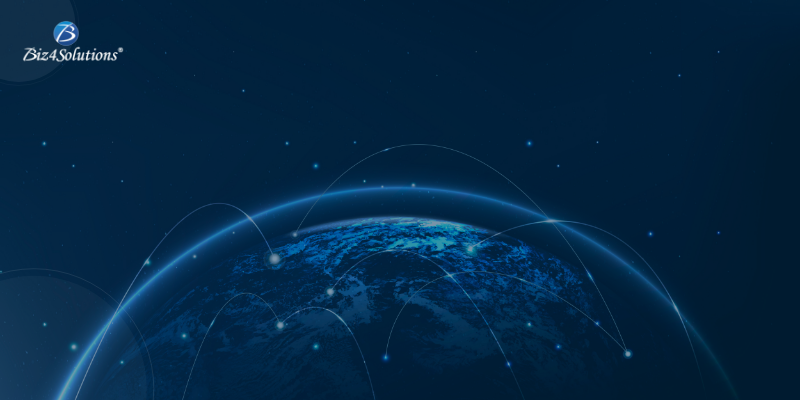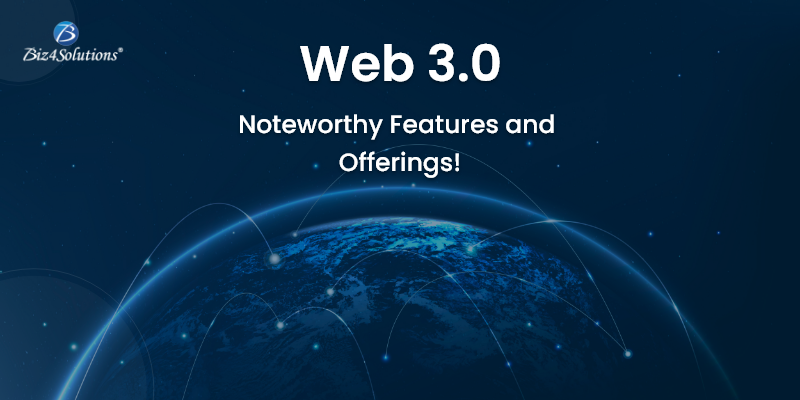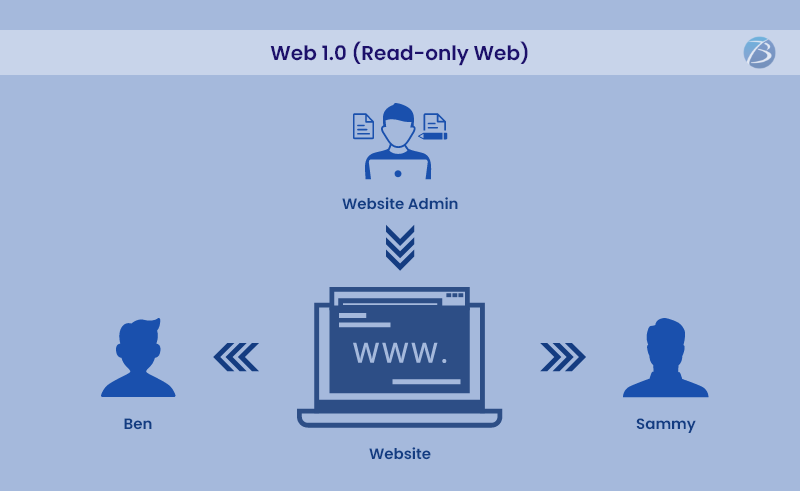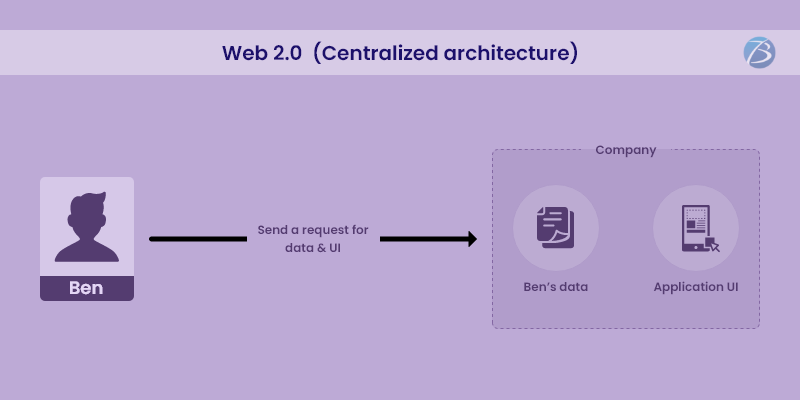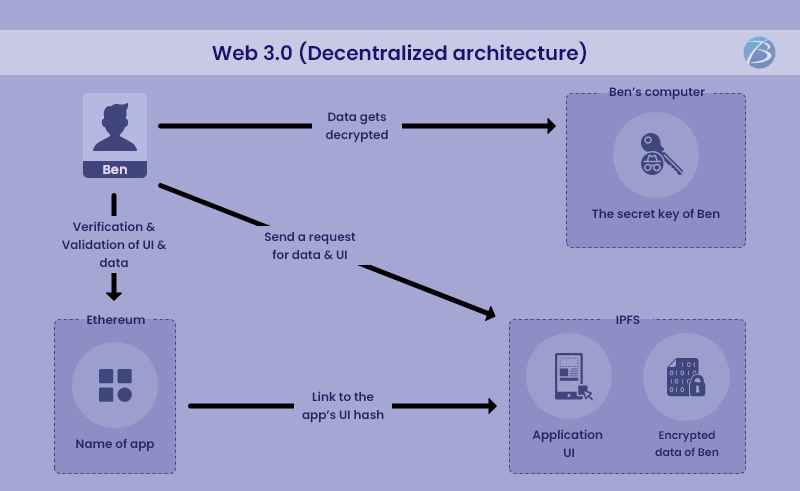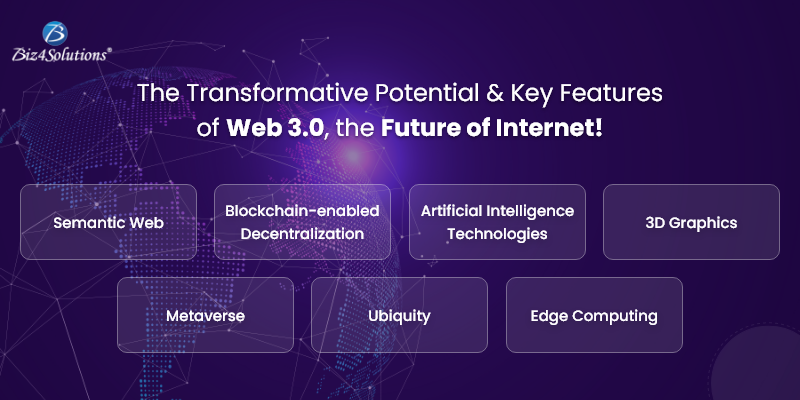What Is Front-End Web Development?


What does it take to become a Front-end web developer? This may seem like a vague question but front-end development and data science bootcamp is easier to learn than you think. In this beginner’s guide, we’ll go over the basics you need to start building your career as a front-end developer.
1. What is front-end web development?
Front-end web development is the process of creating a user interface (UI) and back-end architecture that allows users to interact with websites and applications. Front-end developers are often tasked with creating prototypes, designing interfaces, and implementing user experiences.
2. What does a front-end web developer do?
Also known as UI/UX designers or UI engineers, front-end developers are responsible for creating a website’s look and feel. They work on everything from interface design to coding.
They use languages like HTML, CSS, and JavaScript to create websites that look great on any device—from mobile phones to laptops to desktop computers.
3. Front-End vs. Back-End: What’s the difference?
The most common misconception about front-end and back-end developers is that they’re two very different roles. But it’s more accurate to say that they’re two sides of the same coin: one side is the business side, and one side is the technical side.
Front End:
The front-end developer is responsible for creating the user-facing features of your product: the actual pages that users see on their screens, what they click on to make things happen, how they interact with those elements, etc.
It refers to the graphical side of web design, including HTML, CSS, and JavaScript. This includes creating the user interface (UI) and managing interactions with the user through visual elements (such as buttons). Frontend developers also create animations using Javascript and apply UX principles to their work.
Back-End:
The back-end developer, meanwhile, works behind the scenes on the engine that drives your product: making sure that when you click “submit” on a form, it gets processed correctly; making sure the code running your website is secure and reliable; making sure it can handle millions of users at once without crashing.
It involves building a website’s logic in languages like PHP or Python. The coding that powers your website’s database is also included here. Backend developers also work with databases for storage purposes, which means they need to be comfortable working with SQL databases such as MySQL or NoSQL databases like MongoDB.
While these two roles are definitely different in terms of what they do each day (and sometimes even in terms of how they approach problems), they both play an important role in bringing a product to life.
4. Examples of Front-End Job Titles
There’s no question that web developers are in demand these days. The tech industry is constantly changing, and with new trends, technologies, and products coming out all the time, it’s important to stay on top of your game as a developer.
Here are a few titles that might interest you:
– Front-end Developer
– Web Developer
– UI/UX Designer
– UX Researcher
5. So How Does One Become A Front-End Web Developer?
Front-end web development is a challenging and rewarding career. You will be working with the latest technologies and helping to make the world a better place in which to live. However, it is important that you have the right skills, knowledge, and experience before you start off on this career path.
So how does one become a front-end web developer? It’s a question we hear often, and it’s not always easy to answer because there are so many different paths to becoming a front-end developer.
The best way to get started is by taking a look at the qualifications that employers are asking for. If you have those skills, then you’re well on your way!
If you don’t have all the skills yet, don’t worry! There are lots of ways to learn them. You could enroll in an online course or attend classes at a local university or community college. You can also find tons of free resources online if you know where to look.
When it comes right down to it, though, what it really comes down to is passion and desire—if you’re passionate about being a front-end developer and want it badly enough, then I promise that everything else will fall into place!
6. Basic Skills To Become A Front End Web Developer
We know it can be hard to stay on top of things when you’re already busy with work and life—but we also know that you want to make sure you’re doing everything right. You’ll have to learn a lot of technical skills, but don’t forget the non-technical ones that are just as important!
Technical Skills
JavaScript: A language that allows you to write code that runs in a browser, JavaScript is an essential skill for any developer who wants to create complex applications or improve their user experience. This language is frequently used in modern web applications because of its ability to create interactive elements on websites like menus or drop-down lists.
CSS: Cascading Style Sheets (CSS) are used by web browsers to render documents into visual form, which means they play an important role in how users interact with websites on their computers or phones. CSS makes it possible for developers to change the appearance of a website without changing its underlying structure.
HTML: This stands for Hypertext Markup Language, which is used to create content on web pages such as text, images, or video players so that each page can be easily viewed by users across different devices like mobile phones or tablets without having any trouble reading any information displayed there due to those differences between each device type being used by them when browsing around online today!
Responsive Design: This is a term used to describe a website’s ability to change and adapt its layout depending on the device it’s being viewed on. This is especially important for front-end developers because they’re in charge of making sure that the site they build works well across multiple devices and screen sizes. For example, if your site doesn’t adapt well to smartphones, your customers might have trouble navigating it—and you’ll lose out on potential sales.
As a front-end web developer, you need to be able to understand the importance of responsive design, not only for your clients but also for yourself. If you design websites that don’t work well across different devices or screen sizes, then you won’t be able to market them effectively—and this can lead to missed opportunities and lost revenue.
Testing/Debugging: A front-end web developer needs to be good at testing and debugging because they are the ones who are responsible for making sure that the site works on all different devices and browsers. They have to make sure that the site is working properly, so they will have to test it out on different devices and browsers. They need to do this because if there is something wrong with the site, it wouldn’t look good or work well on any device or browser. The front-end web developer would be the one who fixes these problems too.
Web Performance: A front-end web developer needs to be good at web performance because it is the only way they can ensure that their website works well on different devices, browsers, and operating systems. If a developer doesn’t know how to optimize their site for performance, then they won’t be able to make sure that their website looks good on all devices and performs well in all situations.
Non-Technical Skills
Communication: A good developer should be able to communicate well with other team members, whether they’re on their own team or another. They should also be able to explain technical issues in plain language so that non-technical people can understand them.
Creativity: A good developer will not only be able to use available technology to solve problems, but also come up with new solutions and ideas to solve problems as they arise. They should also be able to come up with new ideas for products or features based on user feedback or market trends.
Problem-solving skills: A good developer will have strong problem-solving skills because they’ll need to think outside of the box when faced with challenges that require creative solutions beyond what’s available using existing technologies.
Organization Skills: Organizing your workday so that you’re getting tasks done efficiently and effectively is essential if you want to stay on schedule (and get paid). As an experienced front-end web developer, this means knowing how to prioritize tasks so that nothing falls through the cracks and everything gets done on time.
Conclusion
We’ve covered a lot of ground in this beginner’s guide and hopefully, you now have a really good idea of what it takes to be a successful front-end developer. While it might seem daunting and overwhelming at first, keep in mind that the more time you devote to the craft, the better your skills will grow and the more opportunities will open up for you. As you gain experience and confidence, branching out into other areas of web development will start to make sense. But always remember that with practice and motivation, there are no limits to what you can achieve!

